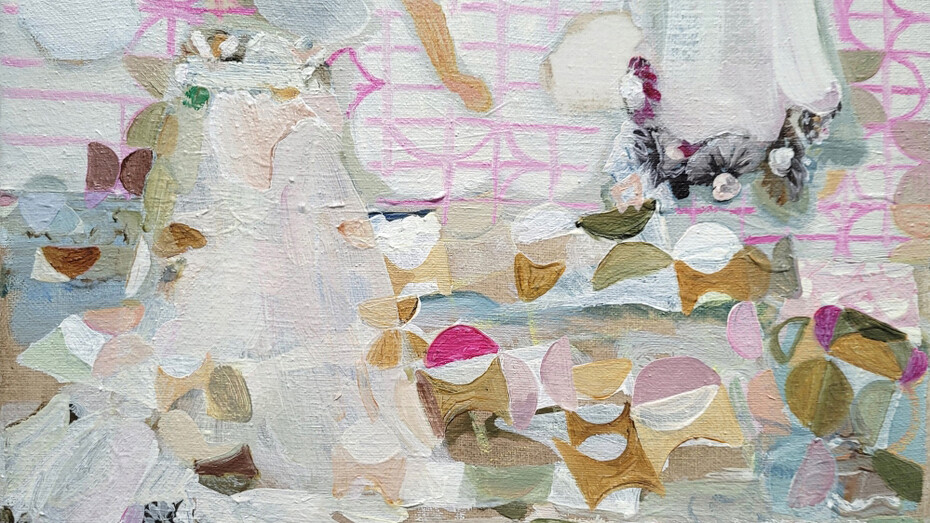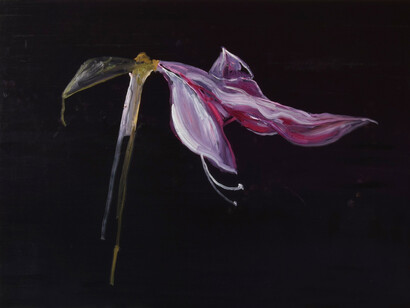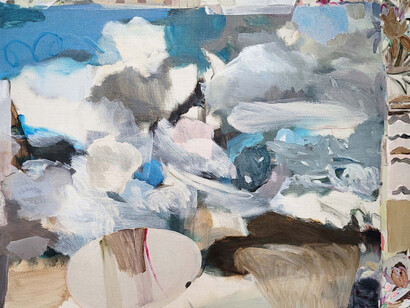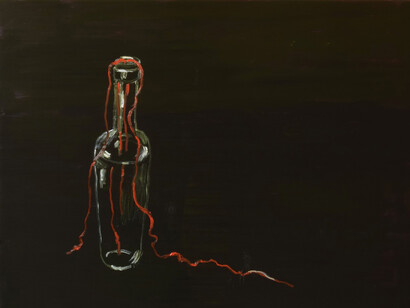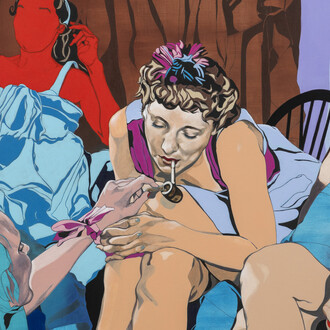Erik Pape (1942) has an impressive career as a painter, his subject matter for many years being almost exclusively Paris. With the eyes of both an outsider and a connoisseur, he depicted among others the Tuileries Gardens, the Canal St. Martin, Sacré Coeur, Pont Neuf, and after that for many years the busy Place Stalingrad square. The challenge was to overcome the cliché in these overly familiar images and imbue these cityscapes with new meaning.
In his more recent panel paintings, he chooses to depict simple objects like a vase, plant, or telephone charger against a monochrome background. Their simplicity and concentration make them radical paintings that elevate these modest subjects to a new level: how sublime can a flower, a cup, or a bunch of asparagus be? In the gallery a selection of these paintings on panel will be shown.
As a tribute to his long career, Erik Pape has a solo exhibition at Museum Rijswijk, titled Things that struck me. It contains paintings from his Parisian period and recent panel works, as well as sketchbooks and videos in which Erik Pape captured his subjects on location in Paris.
Andrea Freckmann (1970) explores the theme of nostalgia in her paintings.First she depicted objects and images from her youth in Germany in the 1970s, now the picturesque Zeeland polder landscape takes center stage. She approaches the longing for the past critically because it is often misused as false sentiment in recent politics.
Andrea Freckmann sees a parallel in her paintings of the Zeeland rural landscape with the painters of the Hague School, who depicted the farms, meadows and cows of the countryside and not the railway lines and telegraph poles of the emerging industrialization of that time. To counterbalance the nostalgia in the image, she integrates geometric patterns and crystal-like objects that offer a view into the future. Andrea Freckmann also executed such a crystal form in wood in a multi-sided, partly painted construction that is displayed in the exhibition as a mysterious object. Another spatial extension to the paintings are a small Delft Blue cow and a cow’s nose sculpted from clay.
